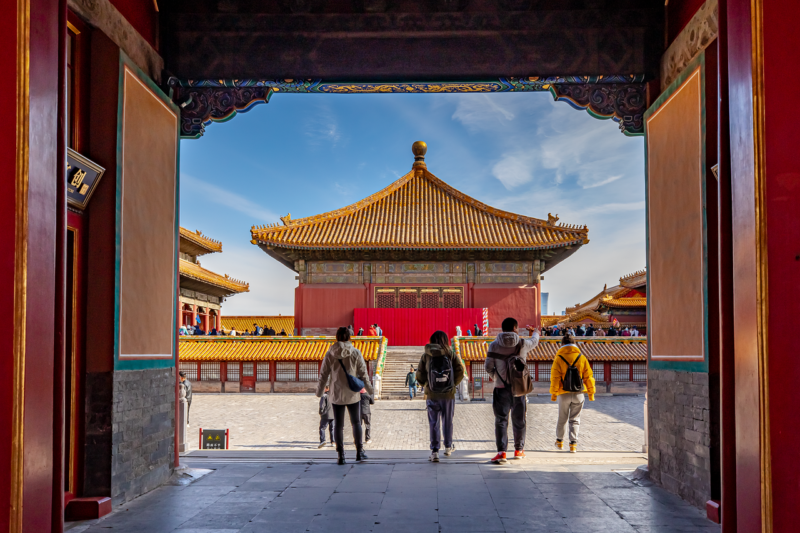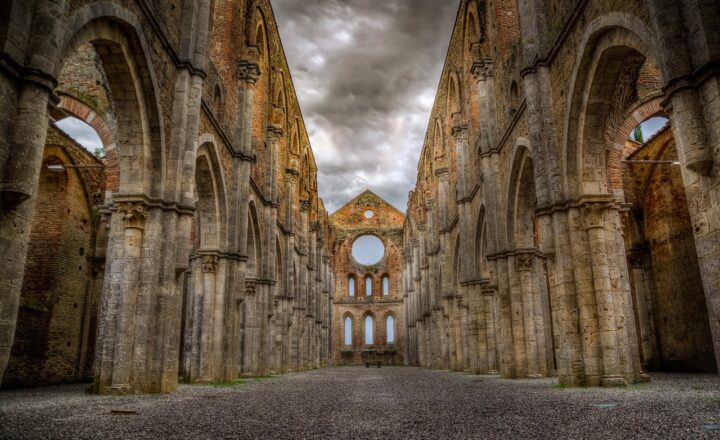How the First Cities in Human History Were Planned, Built, and Expanded Over Centuries
November 17, 2024

The evolution of cities marks one of the most significant milestones in human history. From the earliest agricultural settlements to sprawling urban landscapes, cities have played a critical role in social, economic, and cultural developments throughout time. How did these remarkable self-sufficient hubs come into existence? In this article, we will delve into the planning, construction, and eventual expansion of the first cities, exploring the ancient methods and modern implications that shaped the urban environment.
1. The Dawn of Urbanization
The initial urban settlements appeared during the Neolithic period, approximately 10,000 years ago, when communities began practicing agriculture rather than being purely nomadic. This agricultural revolution paved the way for population growth, leading to permanent settlements.
In these early days, natural resources dictated where settlements could flourish. The Fertile Crescent in the Middle East, which boasts rich soil and ample water supplies from the Tigris and Euphrates rivers, served as a prime location for city development. Early communities like Jericho (located in modern-day Palestine) can be traced back to around 8000 BCE, showcasing the inception of urban living.
2. Planning and Layout: From Chaos to Order
As populations in early settlements grew, the necessity for planning became evident. The first urban planners faced several challenges, including the need for efficient land use, security, and accessibility.
Two prominent themes emerge in examining early city planning:
- Central Organization: Most ancient cities had a central area typically featuring significant religious, political, or economic institutions. For example, in Mesopotamia, cities like Uruk and Babylon were built around ziggurats, large terraced structures that served as both temples and administrative centers.
- Defensive Structures: The threat of invasions largely influenced urban design. Defensive walls and fortifications became common, such as those seen in the ancient cities of Troy and Babylon, which helped protect inhabitants from external threats.
In many cases, planning reflected communal needs, with streets laid out to facilitate trade and communication. Streets were often narrow to provide better defense, with cross-sectional layouts resembling a grid pattern, promoting easy navigation despite the lack of advanced engineering techniques.
3. Architectural Innovations
As cities evolved, so did the architectural techniques utilized in their construction. In early Mesopotamian cities, mud bricks were predominantly used due to their availability, leading to the development of structures such as houses, granaries, and temples. The design of these buildings helped reflect the social hierarchy within the city, with the wealthy often living in larger, more elaborate homes.
The Ancient Egyptians showcased a different architectural approach with their monumental stone structures, famously seen in cities like Thebes and Memphis. Temples, tombs, and pyramids not only served religious purposes but also symbolized the power and influence of pharaohs.
The Indus Valley civilization (c. 3300–1300 BCE) exhibited sophisticated urban planning with cities like Mohenjo-Daro and Harappa, known for their advanced drainage systems, grid-like street patterns, and standardized fired bricks designed for durability.
4. Expansion and Growth of Cities
As populations grew, cities expanded beyond original borders. Factors such as agriculture, trade, and migration significantly influenced urban growth. Cities like Athens, Rome, and Constantinople became cultural and economic metropolises.
Key strategies for accommodating expansion included:
- Urban Sprawl: Expansion often led to the outwards growth of cities, tearing down existing structures to make way for new developments. As cities became densely populated, the movement towards suburbs or new districts provided necessary living spaces.
- Infrastructure Development: The growth of cities mandated improvements in infrastructure. Roads, aqueducts, and sewage systems were built to support larger populations and maintain sanitation. The Romans excelled in this area, constructing a comprehensive network of roads facilitating trade and military movement.
- Commercial Hubs: Trade attracted additional settlers, leading to the establishment of marketplaces. The Silk Road, for example, inspired the growth of major port cities such as Venice and Genoa during the Middle Ages, playing pivotal roles in commerce and culture.
The aforementioned factors resulted in complex city structures – by the Middle Ages, cities were experiencing a renaissance characterized by impressive architecture and significant cultural contributions.
5. The Impact of Internal and External Factors on City Development
Several vital factors shaped the trajectory of urban development over centuries. These include:
- Political Stability and Governance: Cities located in stable regions could flourish. Good governance promoted order, trade, and growth, while political upheavals often led to decline and destruction.
- Economic Shifts: Changes in commerce, such as the rise of trade routes (e.g., the spice trade), influenced city fortunes. Wealthy cities often became cultural centers, enriching societies through the exchange of art, philosophy, and technology.
- Environmental Factors: Natural disasters, climate change, and resource scarcity have historically influenced urban development. For example, the decline of the Indus Valley civilization has been attributed to climate shifts affecting agriculture and water supply, resulting in decreased urban stability.
As these factors interplayed throughout history, cities continuously adapted and transformed to meet the demands of their populations.
6. The Legacy of Early Urbanization
Understanding the birth and growth of early cities sheds light on modern urban challenges. As we grapple with rapid urbanization, overcrowding, and sustainability issues, acknowledging the lessons of our past can guide us toward more effective urban planning.
Consider the following legacies of early cities:
- Community Cohesion: Early urban settlements demonstrated the importance of community. Today’s cities must balance development with the social fabric, ensuring spaces are inclusive and accessible to all inhabitants.
- Sustainable Practices: The environmental impact of historical settlements serves as a lesson. Incorporating green spaces, efficient waste systems, and local food sources will be crucial as modern cities evolve to accommodate growing populations sustainably.
- Cultural Exchange: Cities have always been centers of cultural interaction. Fostering diverse communities enhances creativity and innovation, continuing to enrich urban life across generations.
As cities face unprecedented challenges and transformation, reflecting on our historical journey inspires more thoughtful urban landscapes that meet the needs of current and future inhabitants.
Conclusion
In conclusion, the planning, construction, and expansion of the first cities highlight a human story of ingenuity, adaptation, and resourcefulness. An urban narrative that spans across centuries reveals how ancient strategies inform modern practices, shaping cities that serve as vital living spaces. Understanding this evolution is crucial in navigating future urban challenges while embracing the innovative potential that cities offer. Ultimately, cities remain a testament to humanity’s collective progress and aspirations, continually evolving as reflections of our societies.








